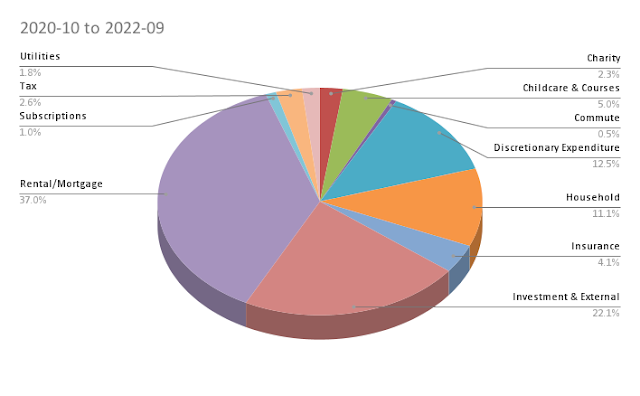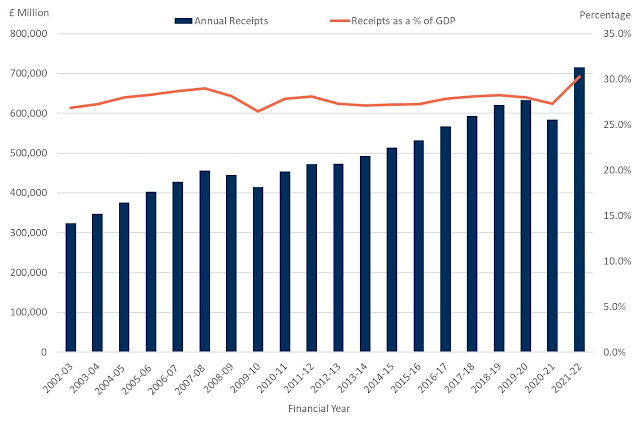Circle line and confusion at Paya Lebar station
Its been almost a month since the Circle Line of the Singapore train system was opened connecting Marymount to Dhoby Ghaut and more importantly connecting Nicoll Highway, Suntec City and the Esplanade areas to the rest of the island through trains. Previously, you had to walk anywhere between 10-20 mins to get to City Hall/Bugis stations to catch a train. More importantly, with a twisted set of one way paths, bus support and frequency was also nothing to talk home about. So, in all, huge win for these localities. (Yahoo's office is in Suntec city and hence I was overjoyed to have the link, though we are relocating to a traditionally connected part of the city very soon.)
However, what has baffled me has been the design of the Paya Lebar station on the circle line. They have 4 platforms serving three lines. Two of them being the standard up and down links, but a third line to connect Marymount to Paya Lebar. I caught up with the staff at the station and they explained that the purpose was to increase the frequency of that section during peak hours.
I don't get it. Seriously. I don't get it at all. Not one bit. Here are the problems I see with it:
However, what has baffled me has been the design of the Paya Lebar station on the circle line. They have 4 platforms serving three lines. Two of them being the standard up and down links, but a third line to connect Marymount to Paya Lebar. I caught up with the staff at the station and they explained that the purpose was to increase the frequency of that section during peak hours.
I don't get it. Seriously. I don't get it at all. Not one bit. Here are the problems I see with it:
- Why should a higher frequency service be limited only to that section of the line? Why not extend it all the way? Every single day, during the peak hours, I have to wait 5-6 minutes to catch the train at one of the most important business centers of the city (Suntec City).
- It creates confusion at the Paya Lebar station itself. On one aisle, board any train and you head the same direction, and stand on the second aisle and the chances of you missing the next train for your destination (towards Marymount) is very high since the next train could be from the other aisle.
- Boarding and alighting a train is generally one of the tasks needing minimum flexing of your brain muscles. But if you are coming from Marymount and heading to Suntec, not only do you need to worry about which train to take (terminating at Paya Lebar or Dhoby Ghaut) but also about changing the train though all you are doing is extending your journey on the same path. (If I have guests from outside of Singapore, I tell them to take the train since there is no confusion involved, but I will reserve the judgment when it comes to connecting them to the Circle Line).
- All this confusion also means that SMRT has to place staff at the aisles all the time, which is a permanent drain on the company's resources. Add to it the constant announcements they make to indicate "the train on the middle platform terminates it's service at Marymount" making it the noisiest and busiest stations in the city, pretty much for no reason.
Personally, I believe it is one of those cases where a simple and elegant solution (higher frequency for the entire route) would have been orders of magnitude better than a more complicated solution.


Comments